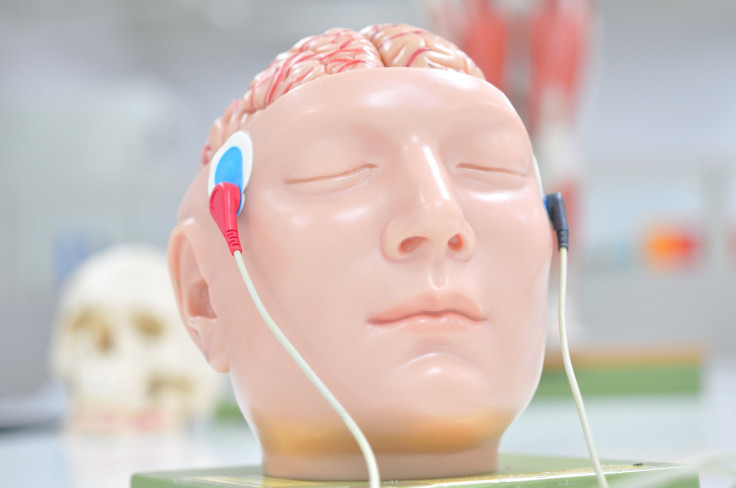New Deep Brain Stimulation Method Enhances Brain Excitability, Improves Learning

Deep brain stimulation has been used in the past to treat stroke, chronic pain, and even mental illnesses like depression. The notion of stimulating brain excitability is based on neuroplasticity, or the brain’s natural ability to learn new things and adapt accordingly (for example, even at an older age, learning a new language or starting to exercise will change the brain’s structure physically, strengthening cognition).
While deep brain stimulation has been used in many forms over the past several decades, researchers are still tweaking its efficacy. In the latest study, researchers from Monash University in Australia examined the ways that different intervals between pulses during the stimulation had an effect on brain excitability — and ultimately the brain’s learning ability.
“This treatment, which we called transcranial pulsed current stimulation (tPCS) is a non-constant form of stimulation with “on” and “off” periods — or pulsing — between the two electrodes,” Dr. Shapour Jaberzadeh of the Department of Physiotherapy at Monash University, an author of the study, said in the press release. “We discovered that this new treatment produced larger changes in the brain and that the interval between pulses also had an effect. The shorter the interval between pulses the larger the excitability effect in the brain.”
In comparison with transcranial direct current stimulation (tDCS) and transcranial alternating current stimulation (tACS) — two of the most common methods used — tPCS is more effective, the researchers believe.
“When we learn a task during movement training (for example playing the piano), gradually our performance gets better,” Jaberzadeh said in the press release. “This improvement coincides with enhancement of the brain excitability. Compared to tDCS, our novel technique can play an important role in enhancement of the brain excitability, which may help recipients learn new tasks faster.”
The researchers hope that tweaking and improving their non-invasive technique will only make it easier to treat difficult conditions like stroke, mental illness, and chronic pain like headaches. The next research step involves understanding the underlying reasons behind the interval techniques, in order to better use it to treat patients.
Source: Jaberzadeh S, Bastani A, Zoghi M, Morgan P, Fitzgerald P. Anodal Transcranial Pulsed Current Stimulation: The Effects of Pulse Duration on Corticospinal Excitability. PLOS ONE. 2015.
Published by Medicaldaily.com



























